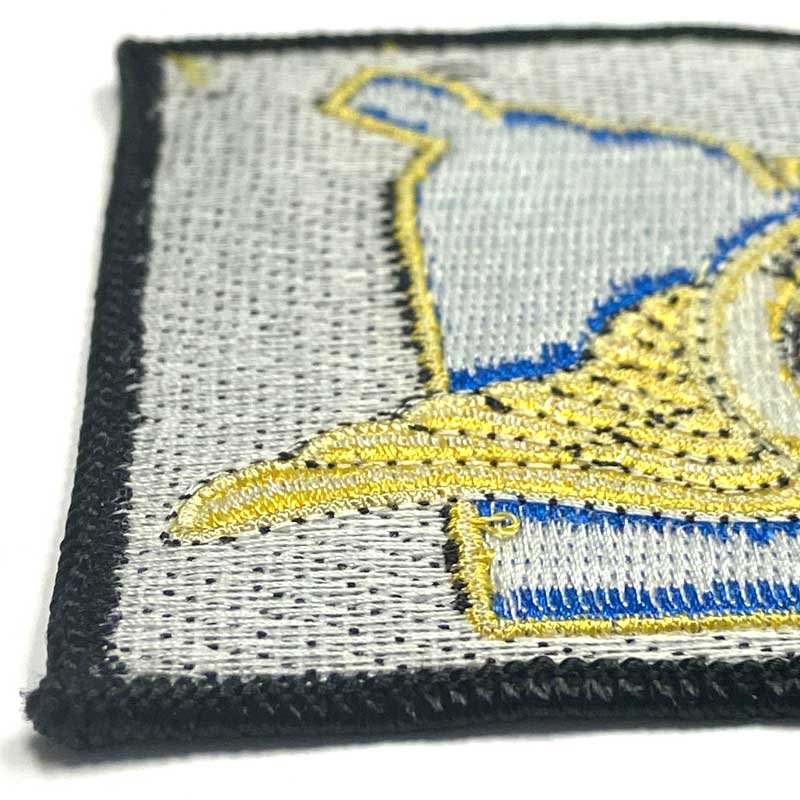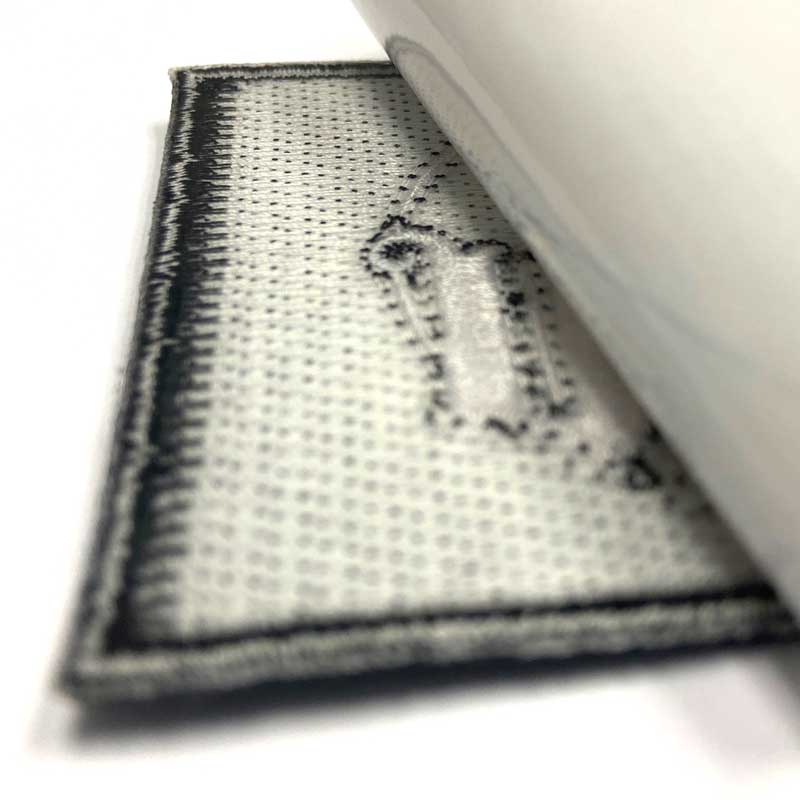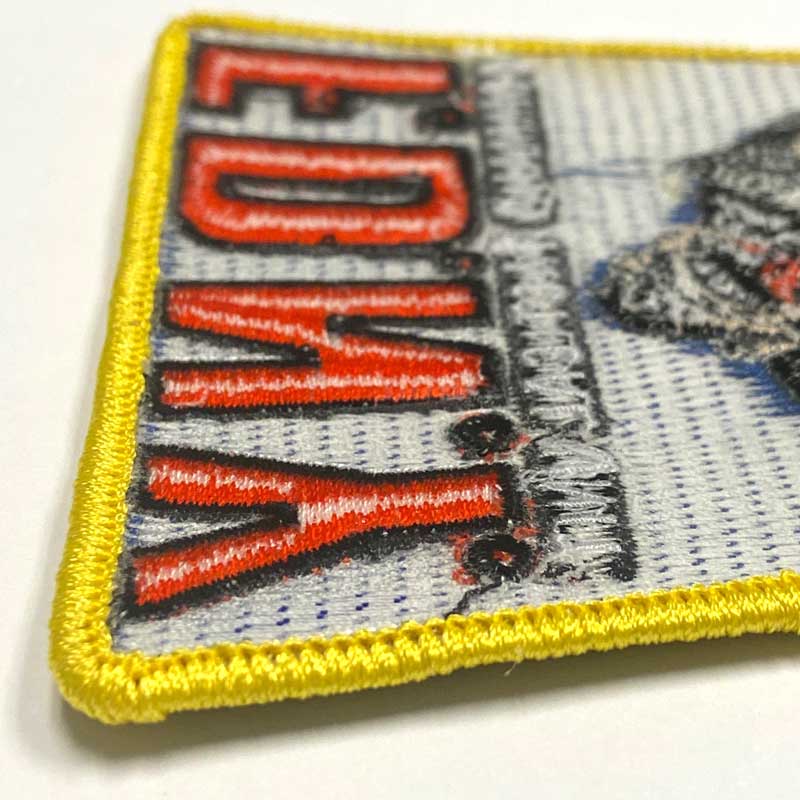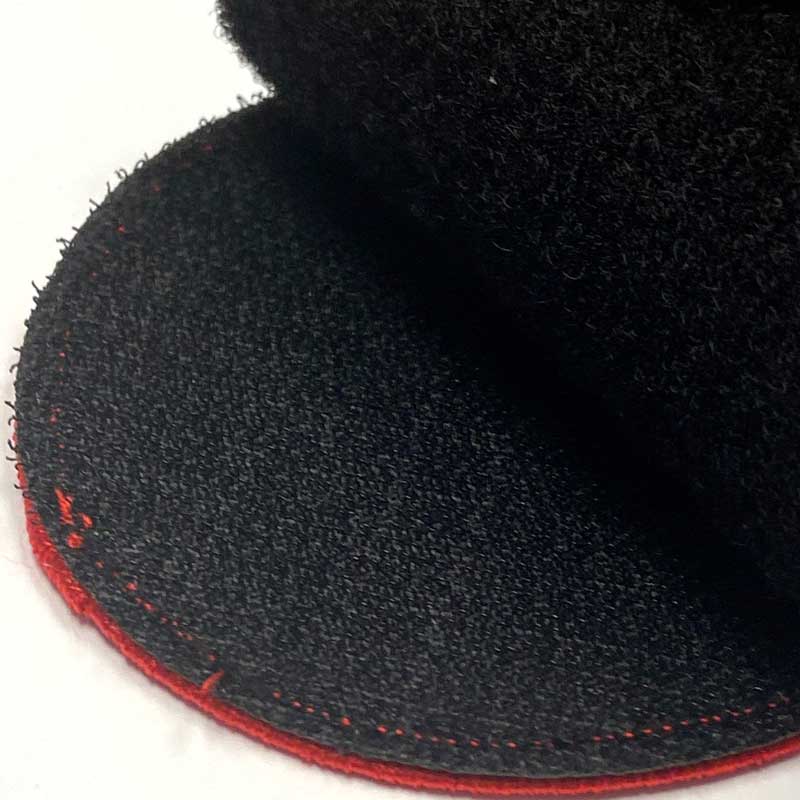Iron-on, hook and loop and adhesive. It is impossible to customize a patch to your liking. But don’t worry, we offer them all! Different backings serve different purposes and you will have to decide whether to have permanent or temporary placement.
So, let’s talk about choosing the right backing for your patches.
What is Patch Backing?
The term patch backing refers to any material that is added to the back of the patch. While it’s not always necessary, it can be of help during manufacturing, handling, attaching or removing the patch onto the item.
7 Types of Patch Backings
When you purchase your patches, begin PVC, Embroidered, Woven, Leather or Printed patches, you will need to attach them to your items. The backing on your patches will accomplish both the functions of a facilitator of this task.

No Backing
Some materials like PVC, are sturdy enough that do not need the addition of a material to make it strong enough to be manipulated or attached to a piece of clothing. Some people might prefer it, for example if they are going to sew them or glue them on to their item.
But for the majority of patch styles, having a piece of material on the back will give it more substance that will make them easier to manipulate and attach.
Due to the softness of fabrics used on embroidered patches, they cannot even be manufactured without adding a piece of material onto the back, such as paper or vellum.
In our organization, a patch with no backing is called a label.

PVC or Plastic backing.
Plastic backings are the kinds of backings that most patches use. It helps to stabilize the patch’s structure throughout its lifecycle.
It’s recommended for uses such as law enforcement uniforms, where we want to emblem to have ”presence” and not look like a bendable, wrinkled element. It also helps during the sewing process, as it will make the patch stay in its desired place. Plastic give patch stiffness as well as helping it to maintain the shape over time.

Iron-On Backing
This paid option is great when you don’t have to change patches between different garments.
Iron on patches has a shiny backing which doesn’t become attached when heated so it doesn’t get sticky on the skin. Sometimes patches have a tape backing that is adhesive, but these types are not permanent and are only recommended in situations where the patches are needed.
Adhesive Backing
Adhesive backings: The glue is pressed on a piece of paper and overlapped on a piece of paper. The adhesive backing may be an indefinite choice in fabrics and garments and it is ideal for only certain types of events.

Hook and Loop Backing
Hook and loop backing is very popular for patches that will be used in the military, and are popular in police forces. It’s made of a small hook and loops similar to the rough side on hook and loop to give secure attachments to the soft backing and supports the patch.
How do hook and loop patches work?
The hooks and loops secure on each side use threads that attach them together. When the components are attached as hooks faster in the loop, the pieces become fast attached creating an effective, but temporary grip.
What is the best material to put patches on?
Iron on patch works better on t-shirts made of cotton/polyester mixtures. Shirts in polyester and nylon are not suitable for use as they may cause heat and may cause burns. Vinyl or leather will not give the same quality results at all.
What material do you use to make embroidered patches?
The most popular material used for embroidered patches is Twill. It is sturdy enough to give the patch some consistency, while allowing a smooth embroidery process. The threads used in embroidery are also an important factor, ideally you want to use good quality threads that will not break or fray easily and it will not transfer colors to the item the patches will be attached to. We have found polyester to be the best material for our embroidered and woven patches.
How do you put Hook and Loop on the back of a patch?
1:443:24.